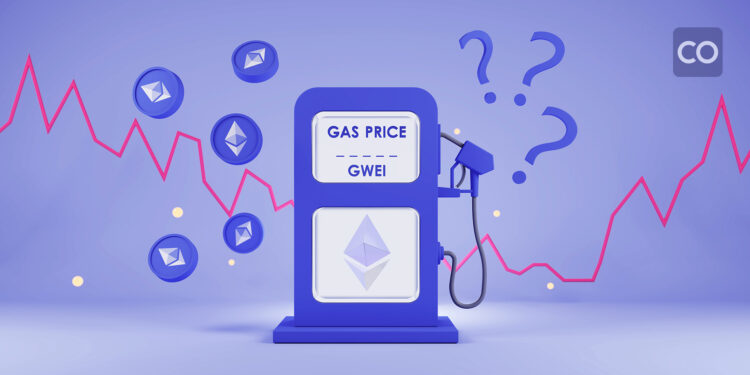The term “gas limit” denotes the highest amount a cryptocurrency user is prepared to pay for conducting a transaction or executing a function within a smart contract on the Ethereum blockchain. The charges for these transactions are measured in units of gas, and the gas limit sets the upper boundary for the amount that can be “billed” to or deducted from the user for the transaction or function. Therefore, the gas limit is a protective mechanism to avoid imposing excessive fees that might result from a malfunction or mistake in a smart contract.
Some wallets and services automatically configure the gas prices and gas limit, but in some cases, users can manually adjust these settings to meet their needs. A standard Ether (ETH) transaction typically requires a minimum gas limit of 21,000. Setting a higher gas limit and gas price (measured in Gwei) can expedite the transaction process, though it usually results in increased fees. Conversely, setting the gas limit and gas price too low can be problematic, as it may lead to excessively delayed transaction confirmations or even get stuck (fail).
Yet, the price of gas truly establishes the value paid for transaction fees. This is because the gas price has a greater impact than the gas limit, which merely sets an upper boundary for the cost. Simply put, the overall expense of a transaction is calculated by multiplying the gas price (expressed in Gwei) by the gas limit, yielding the total Ether to be paid.






